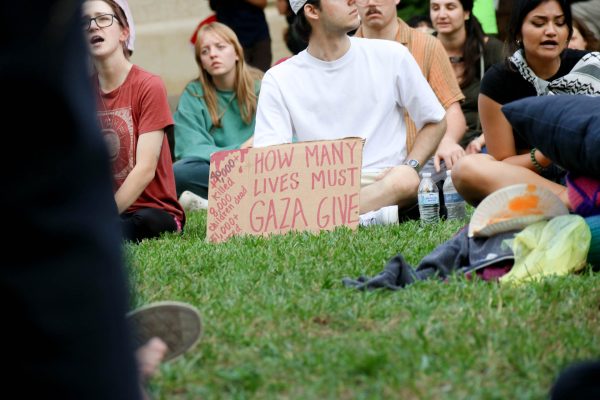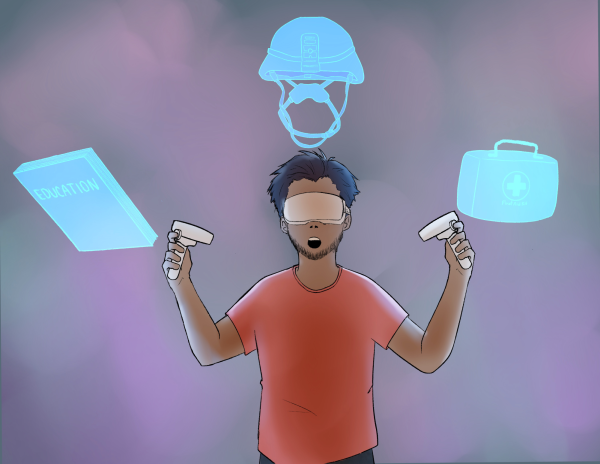Gentrification will affect the generations: people need to care
Gentrification is not a phenomenon only present in large, well-known cities; it takes place all over the nation and its effect is lasting and damaging. As a developing city, Austin has witnessed several cases of gentrification over the last decade or two.
When people think of gentrification, they tend to think of it as an event in which a neighborhood is being renewed at the expense of those who resided there originally. However, its occurrence is much more traumatizing than this.
Having grown up as the daughter of a contractor in Austin, instead of spending my toddler days in a daycare, I would occupy time by staring out the windows of my parents’ work van, watching Austin neighborhoods emerge and develop.
The older I grew, the more I realized the importance of tradition and having a constant in your life.
For example, I remember moping for days when the cheap Chinese restaurant in my old neighborhood was torn down and replaced with a TurboTax office three years ago.
Although the closing of the Chinese restaurant became the long-awaited sign that my childhood neighborhood would soon become one of the various Austin areas renewed for the purpose of making this city “better,” the overall impact it had in my everyday life and the history of my neighborhood was not at all affected by the change. This is not the case for all gentrification incidents.
East Austin, known for its rich African American history, has been experiencing and continues to experience severe gentrification.
Although, the art that decorates the sides of buildings — showcasing various Black history icons — has yet to be brought down, the citizens that created this reputation for East Austin have mostly been ran out of their homes.
The steady appearance of countless small, modern and luxurious homes in East Austin has made for a significant increase in property taxes in the area.
Residents who had bought the homes before the start of the neighborhood’s renewal have been left with no other option than leaving their homes in search of cheaper residence.
Now, a simple search of East Austin on Google brings up countless results linking to blog and magazine articles.
They inform readers of how the district is quickly becoming a home base for hipsters and young entrepreneurs.
Forbes writer, Morgan Brennan, even rated East Austin as No. 7 in her article “America’s Hippest Hipster Neighborhoods.”
These results come to show that just as residents of the neighborhood have been run out, the history seems to be following it.
Yet many people seem to be oblivious to this occurrence.
I’ve yet to encounter a single student or faculty member in the St. Edward’s University campus that seems deeply concerned by the loss of culture and the effect gentrification has among countless less fortunate people, who are very often minorities.
St. Edward’s is full of capable staff, students, and alumni, we should do everything in our power to prevent the association between the phrase renewal of a district, with the words injustice and loss of culture.
Prevention of gentrification can be realized by taking different courses of action: becoming educated on gentrification and educating others about it, spreading the word through any media accessible to you or starting anti-gentrification movements, similar to The Esperanza Peace and Justice Center in San Antonio, TX.











